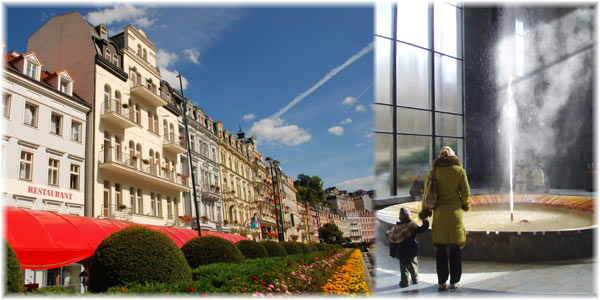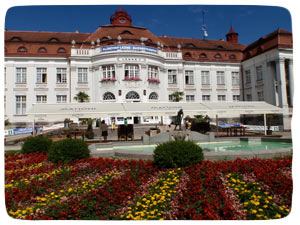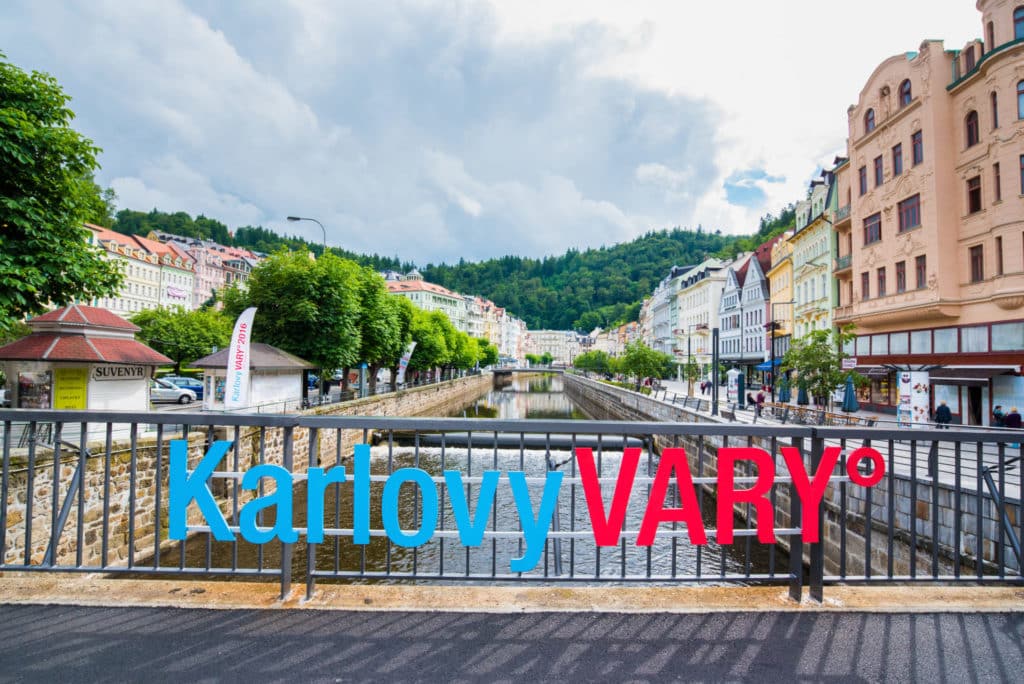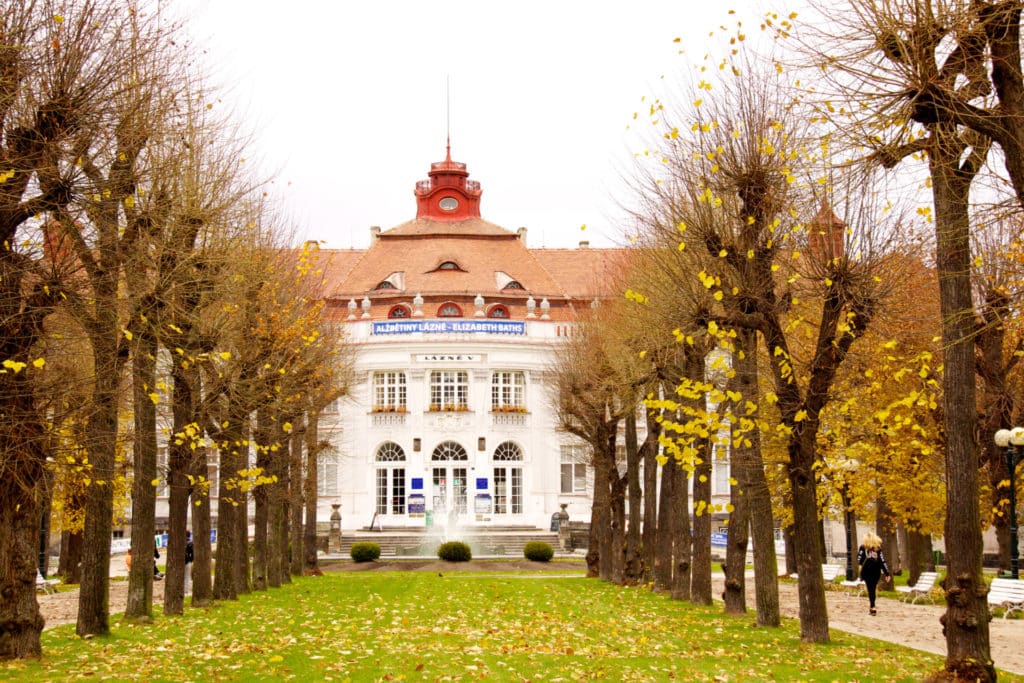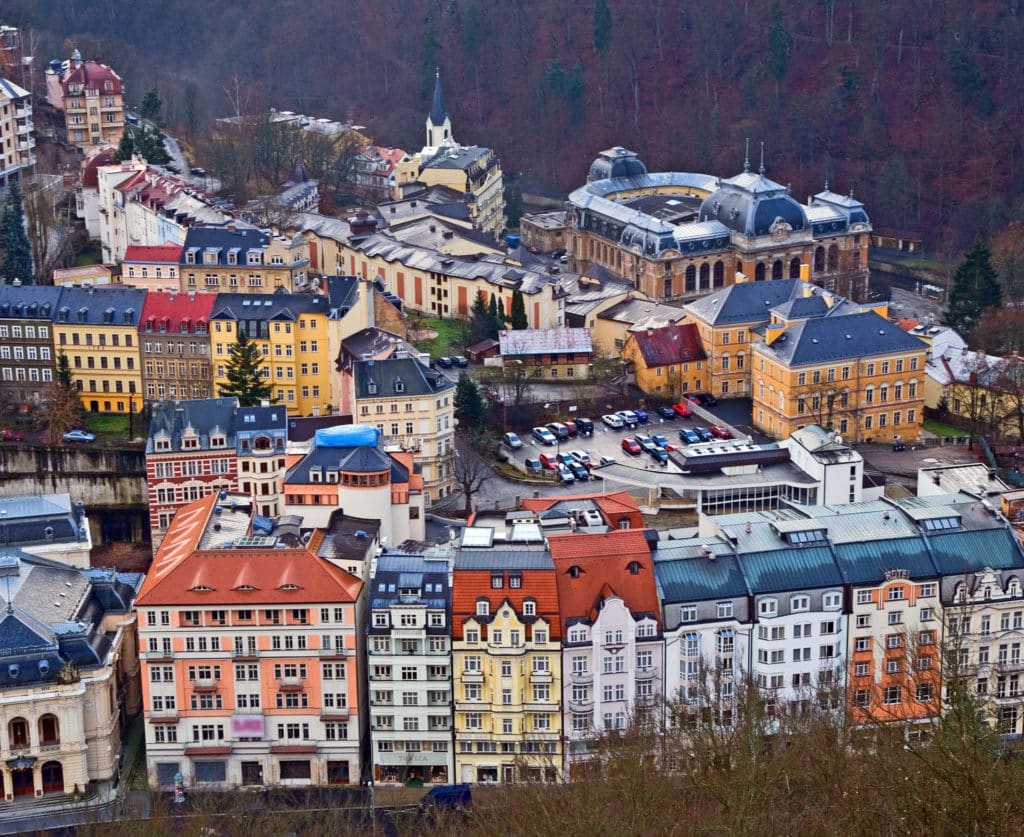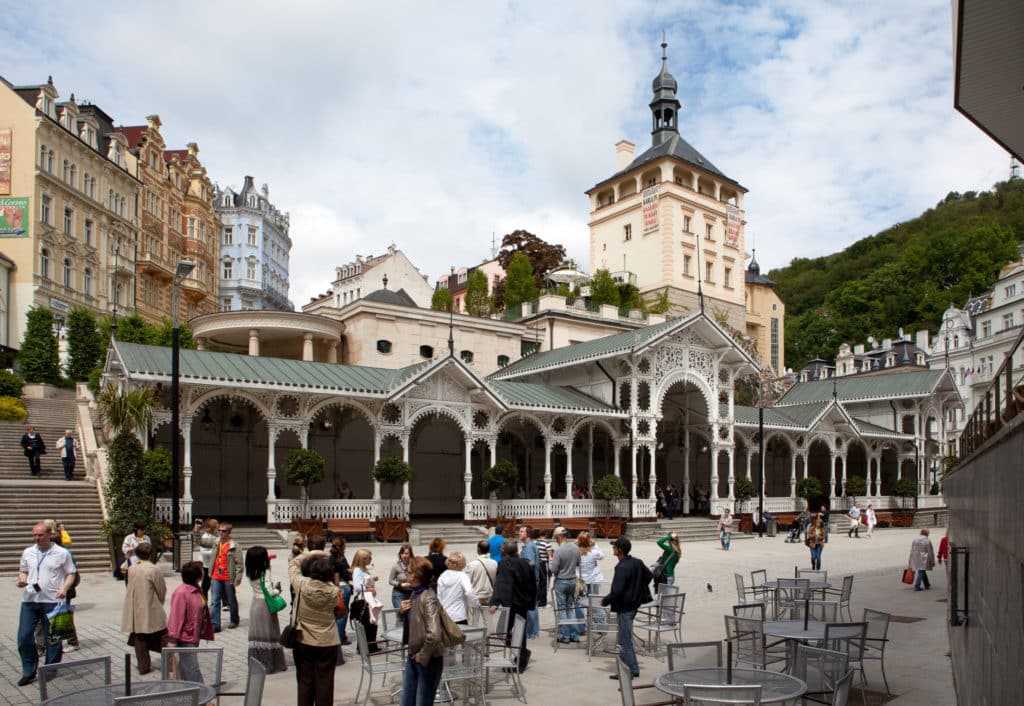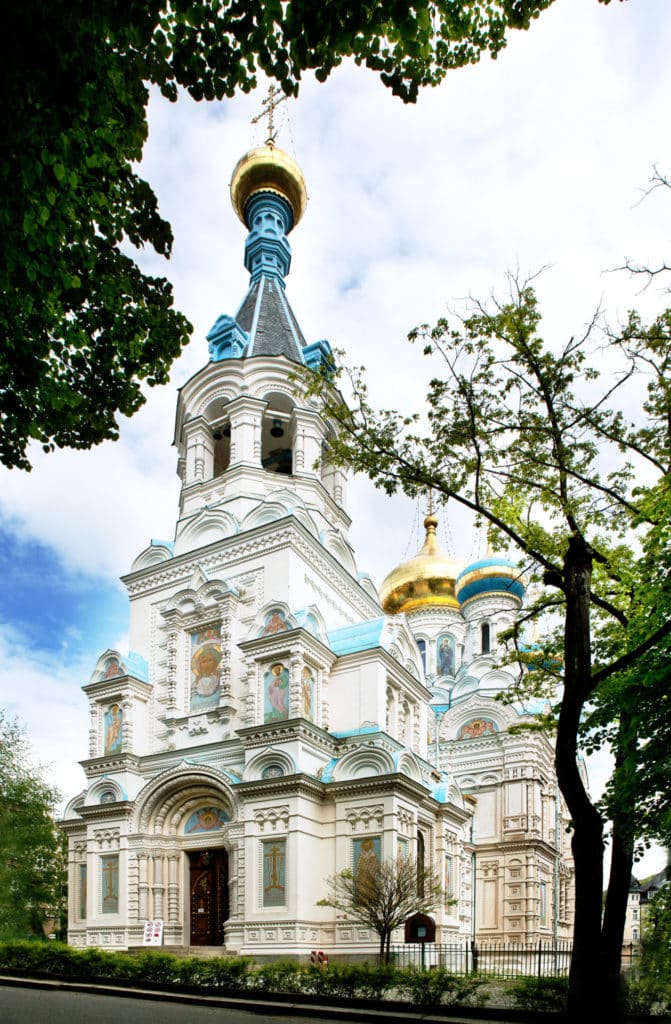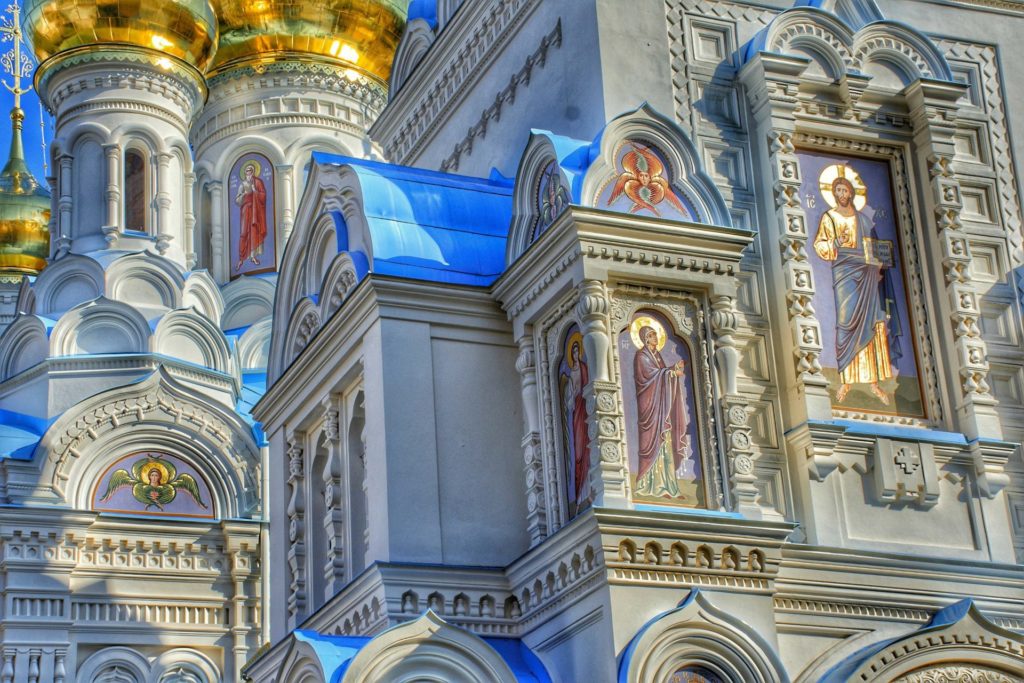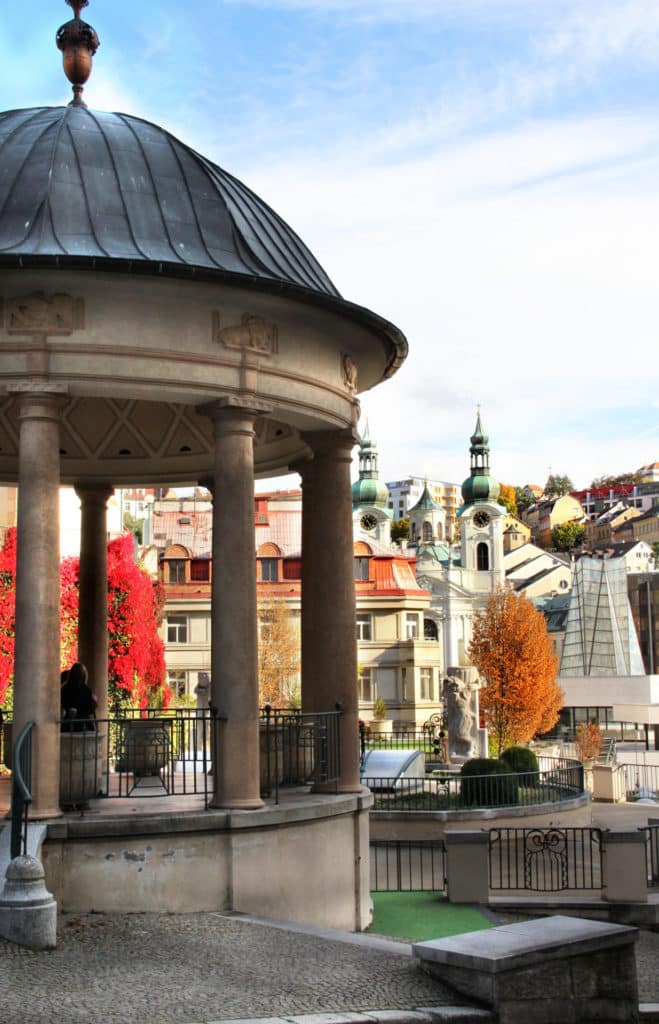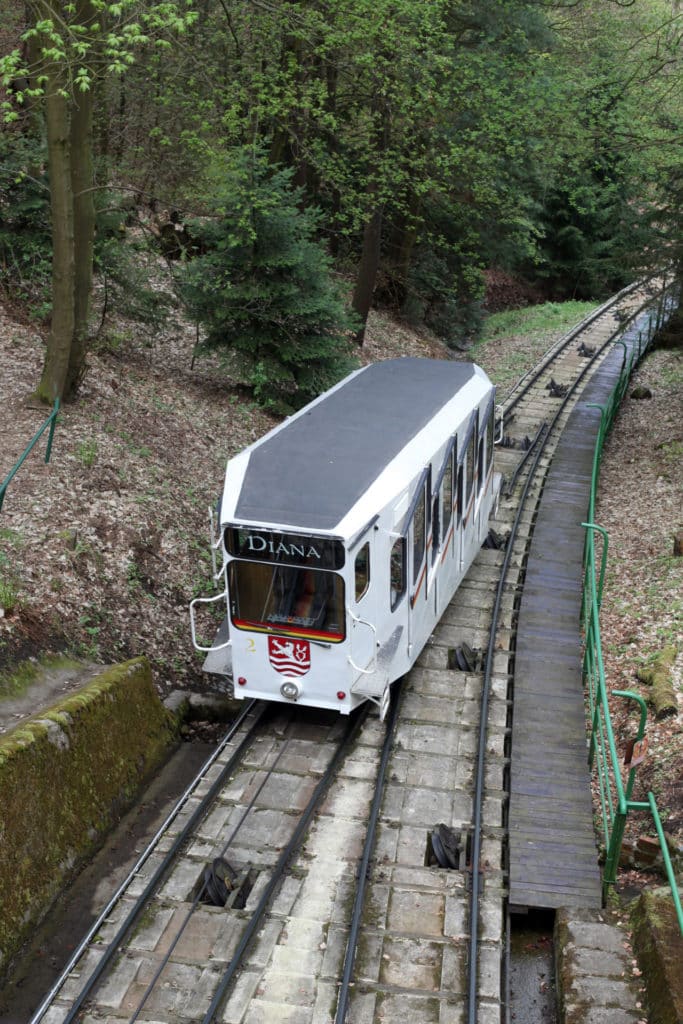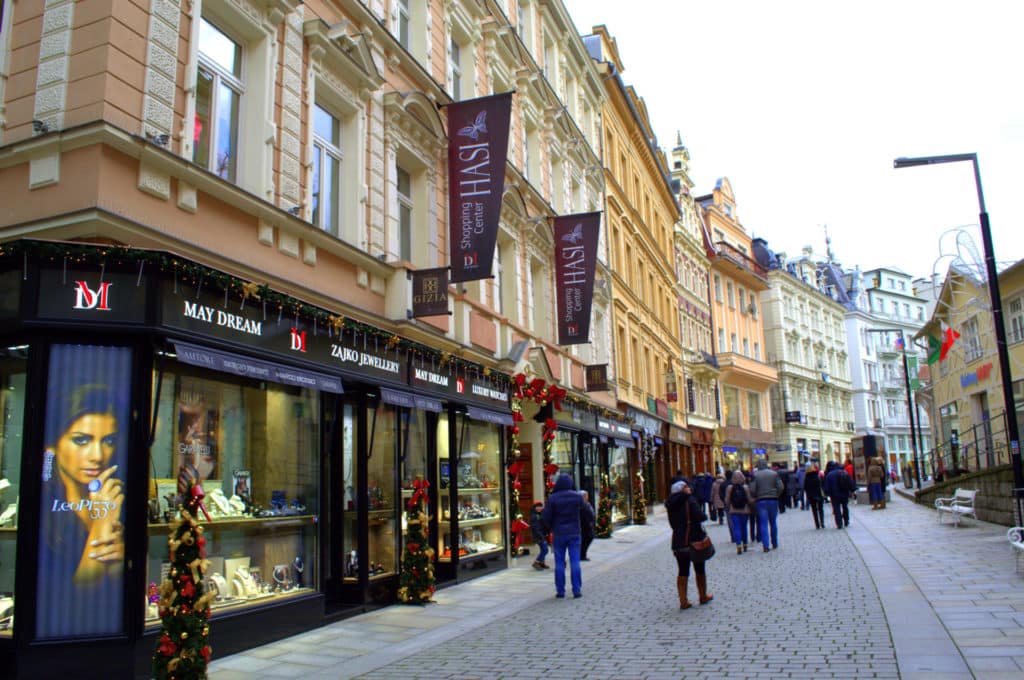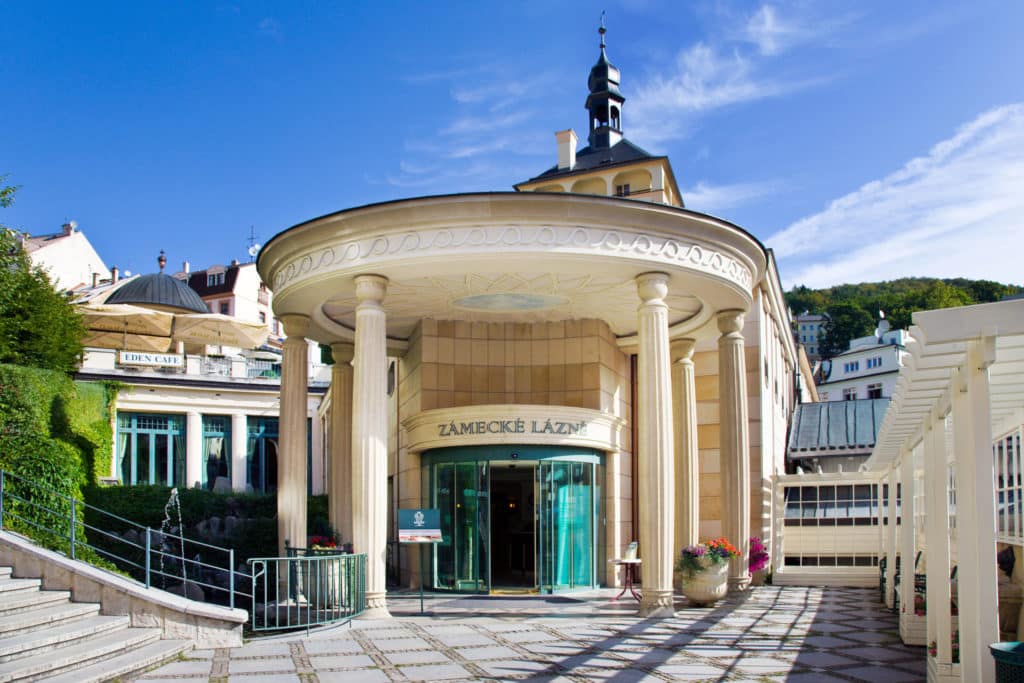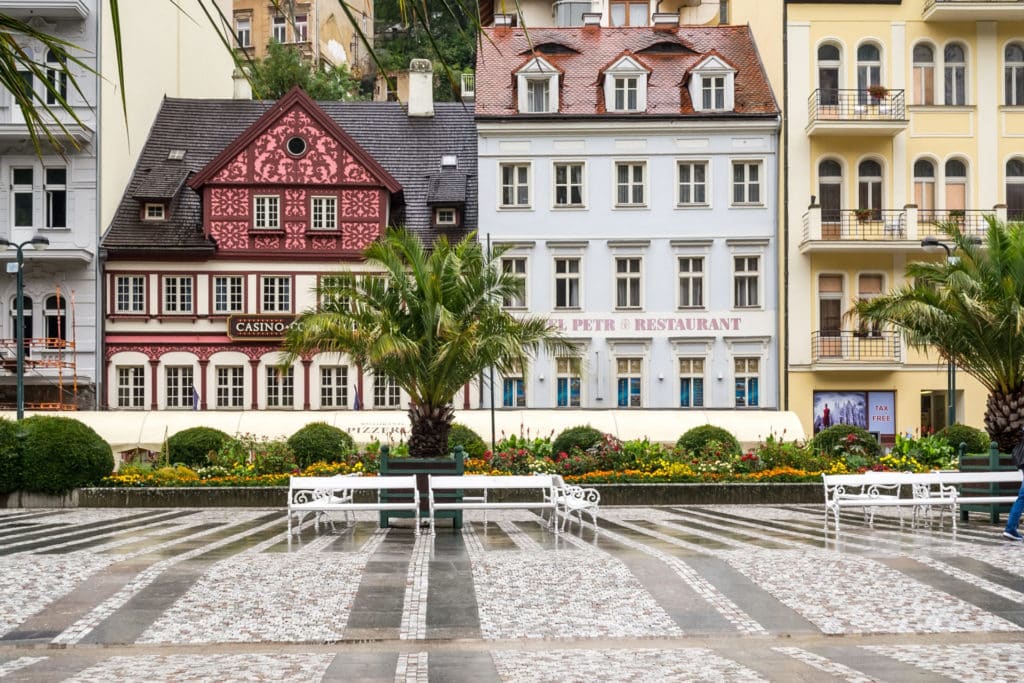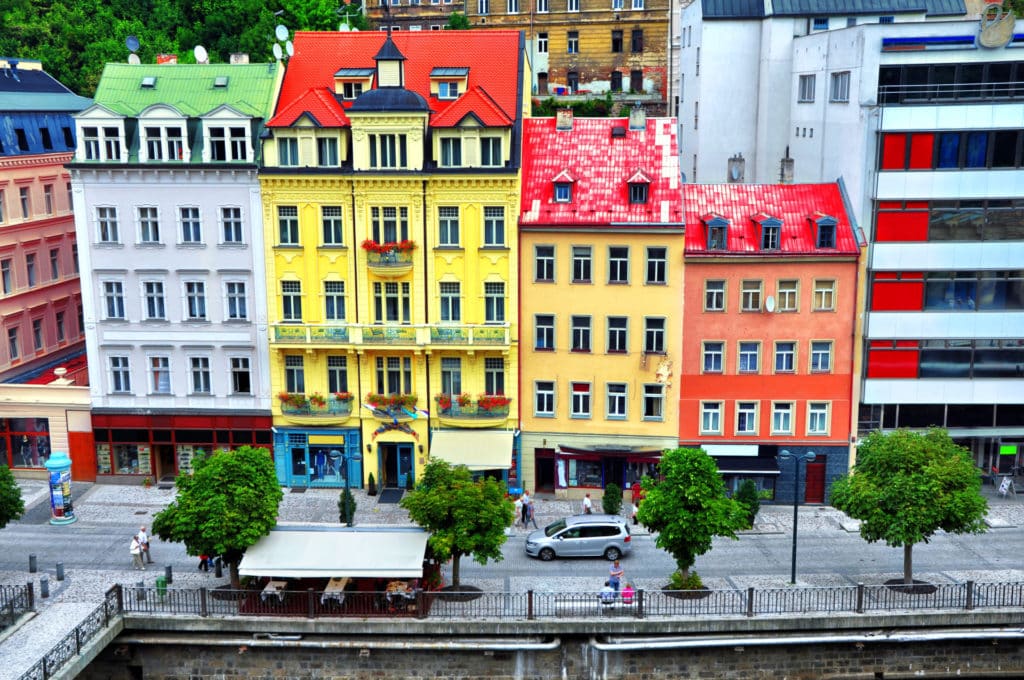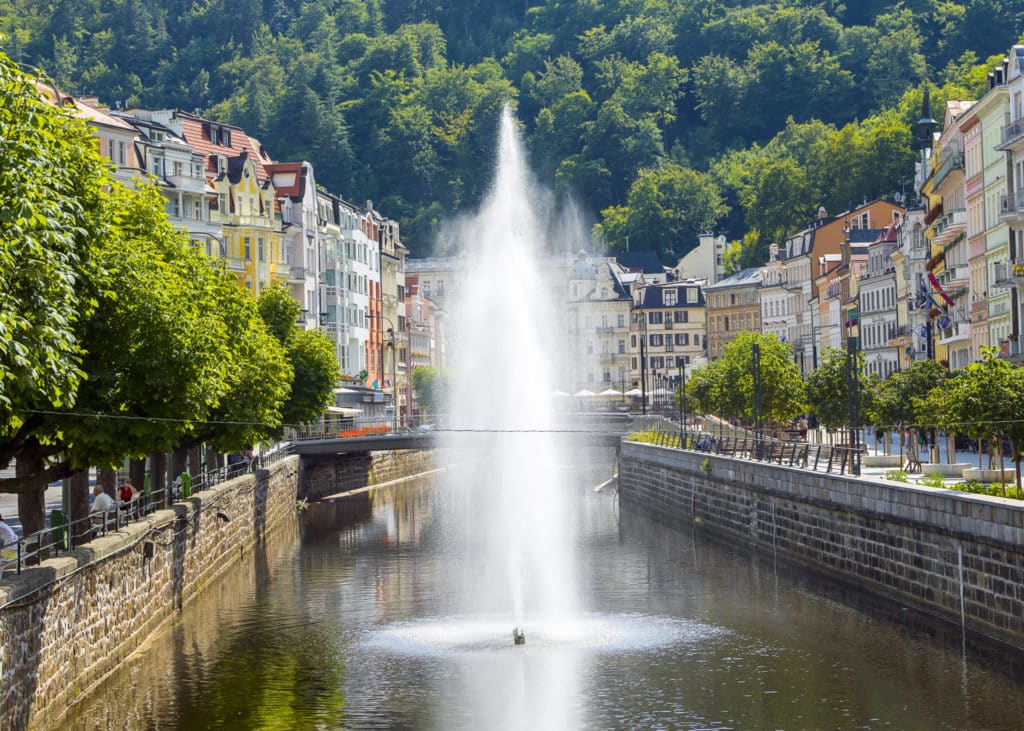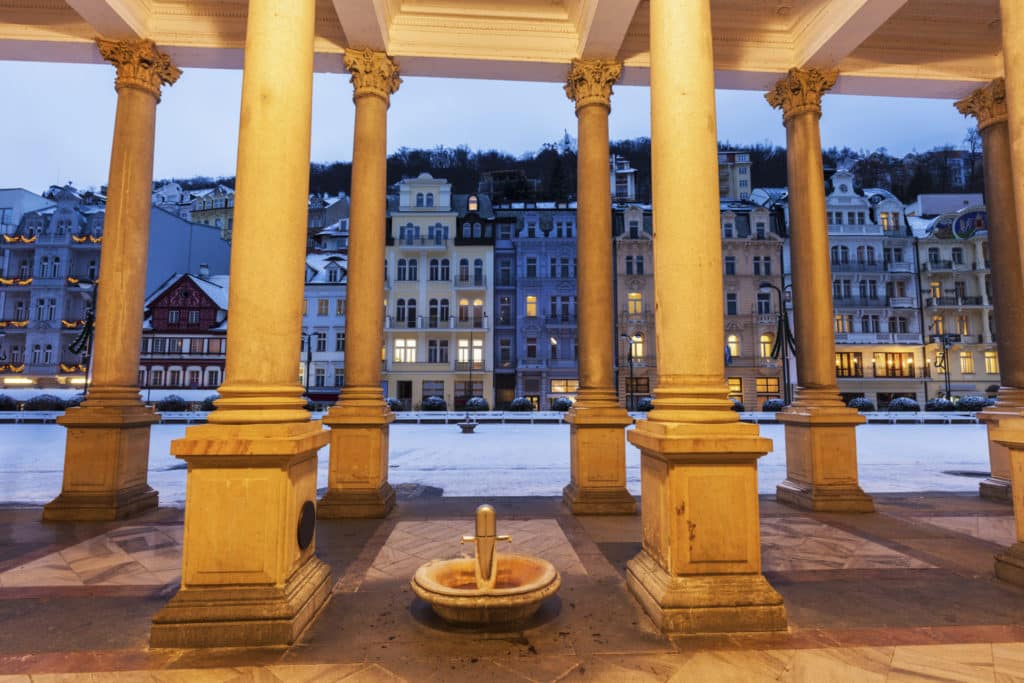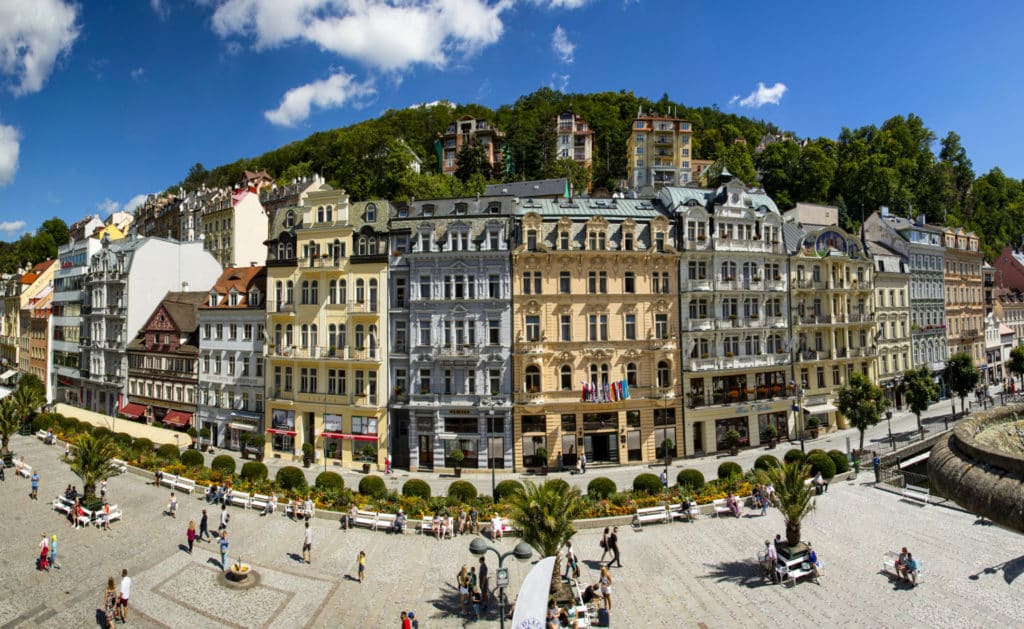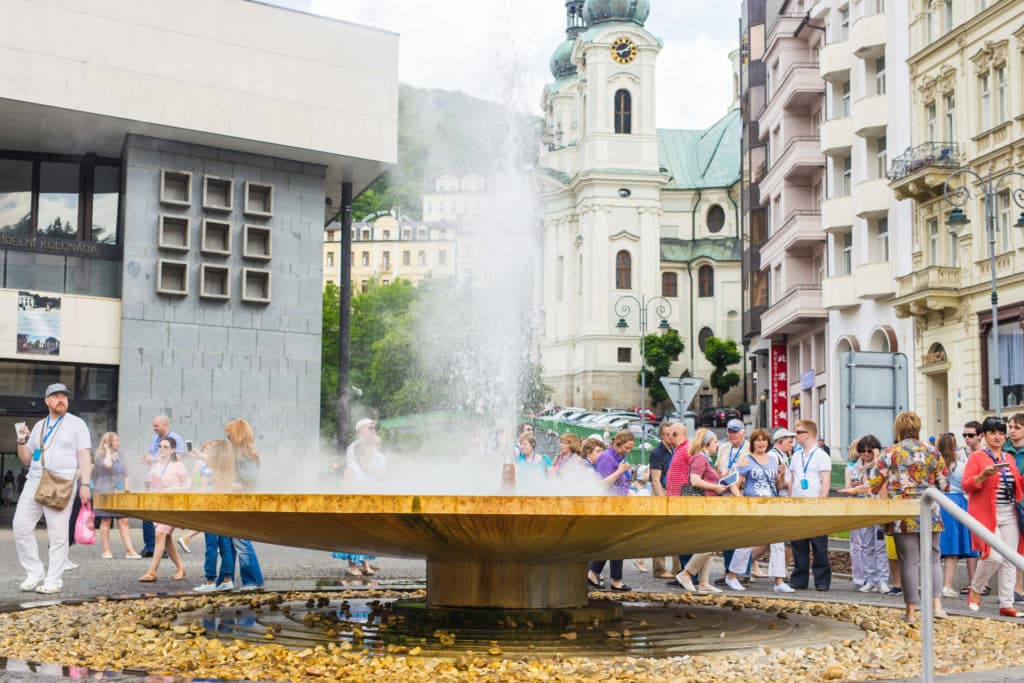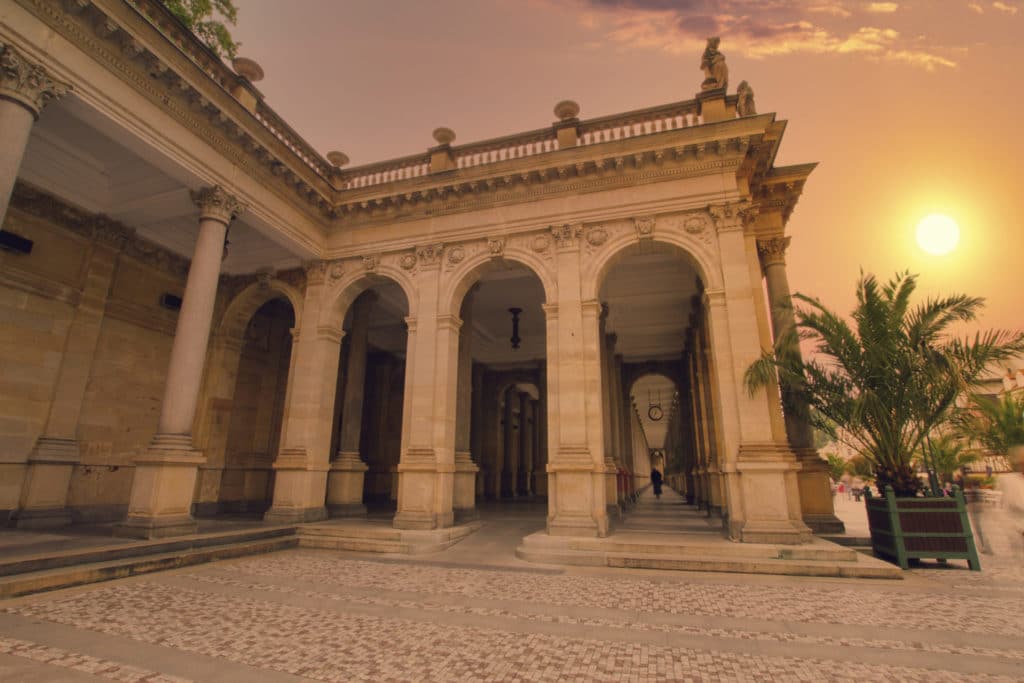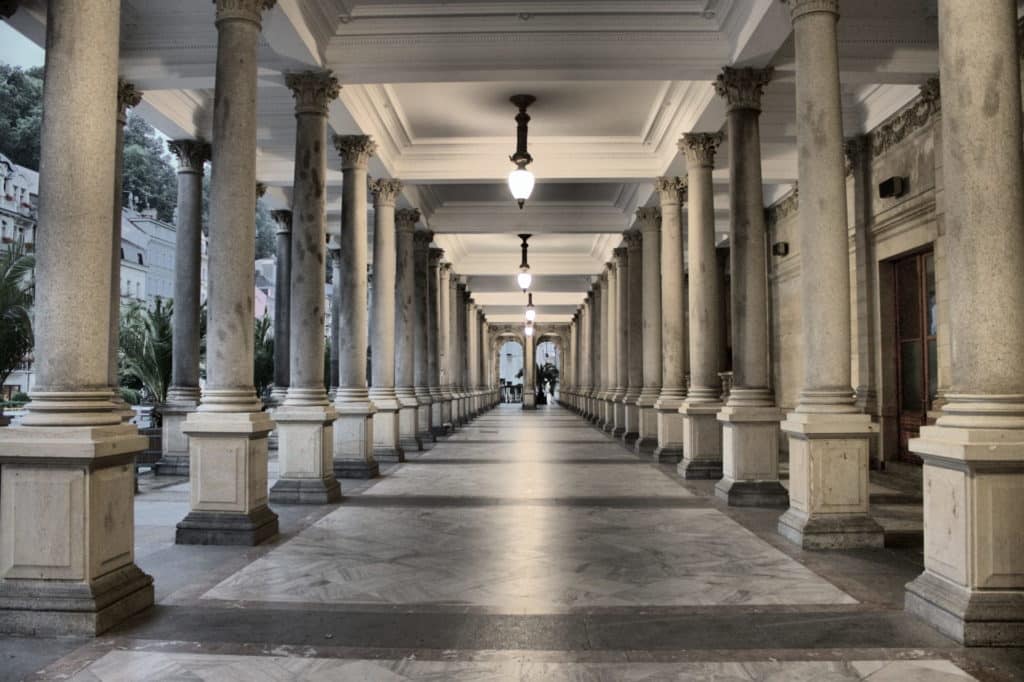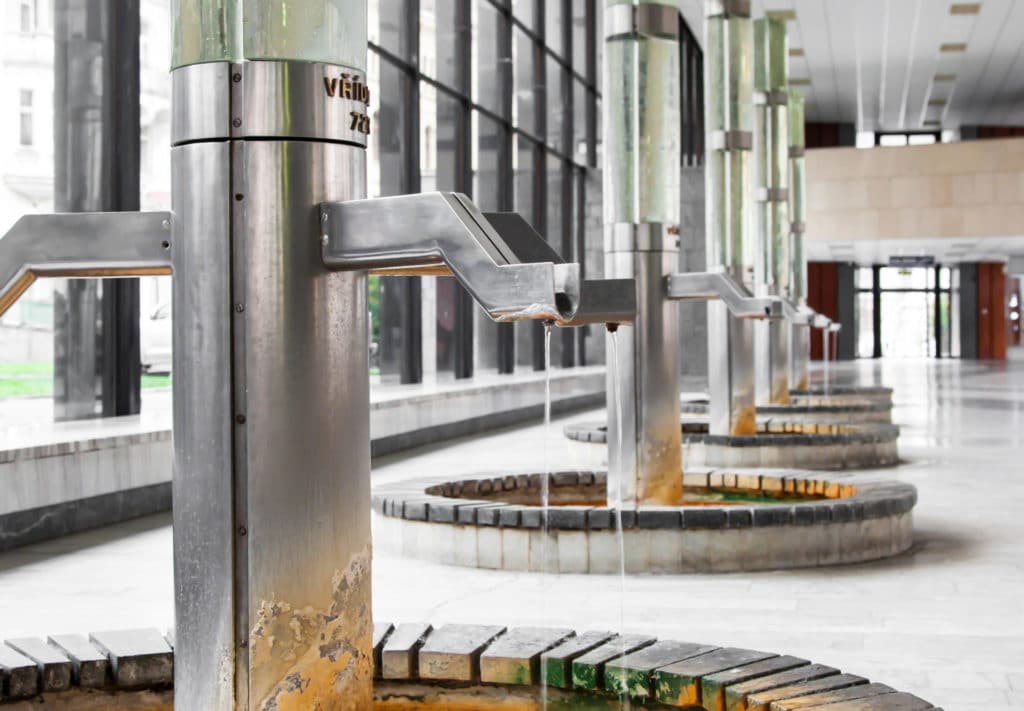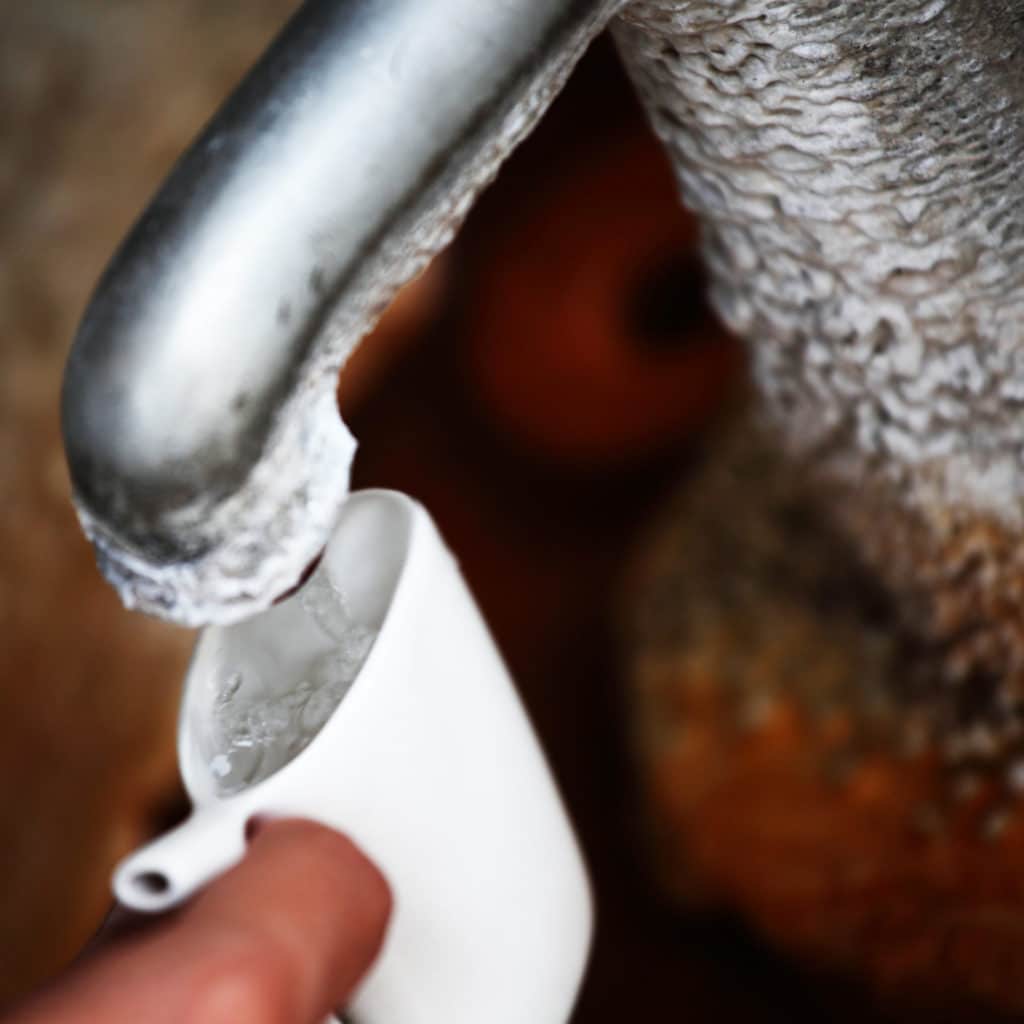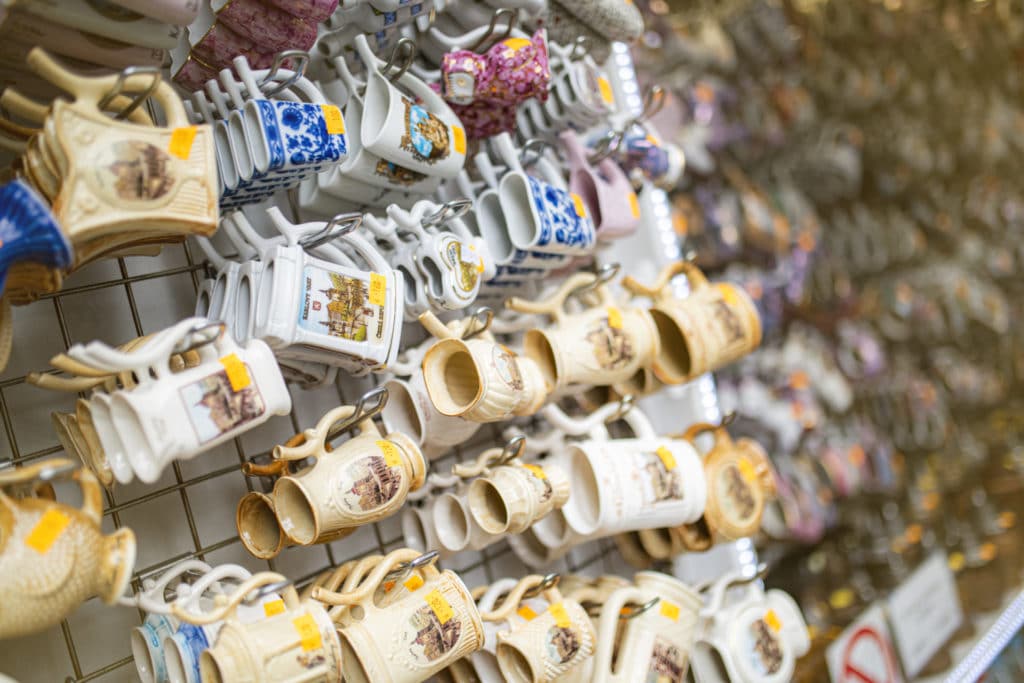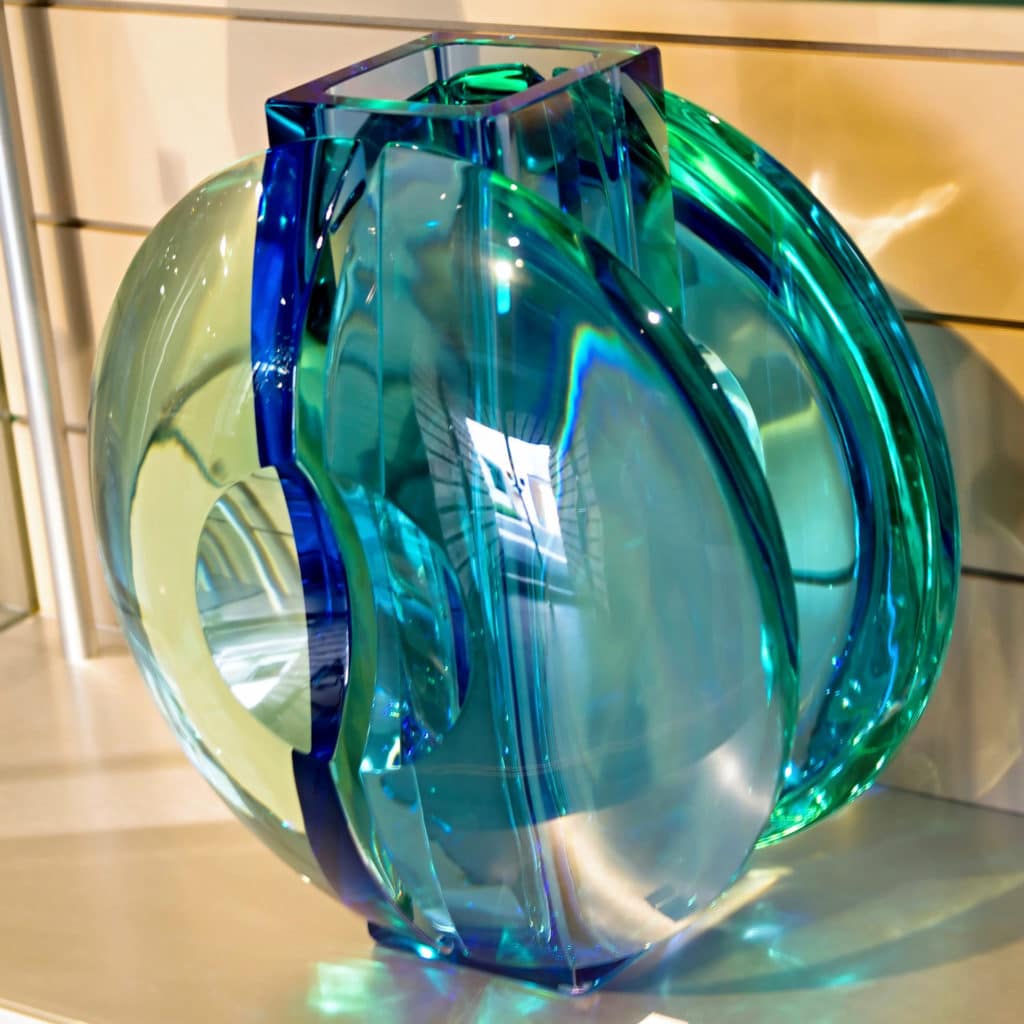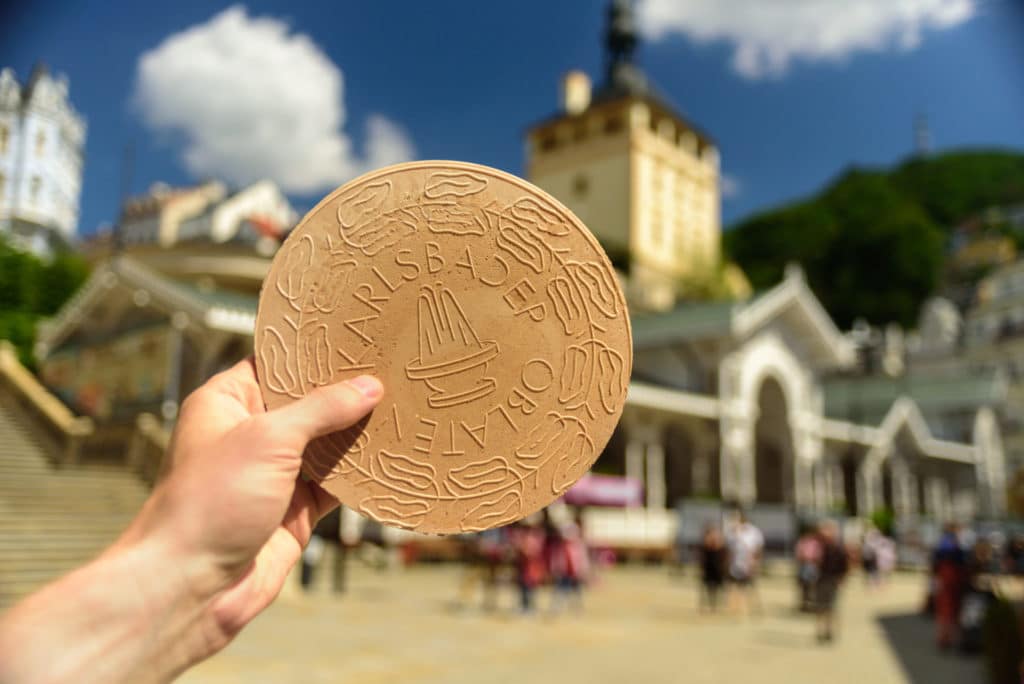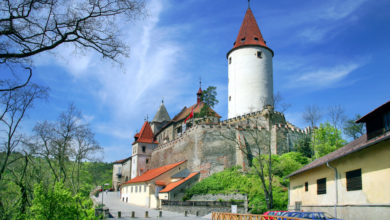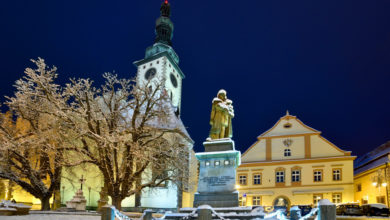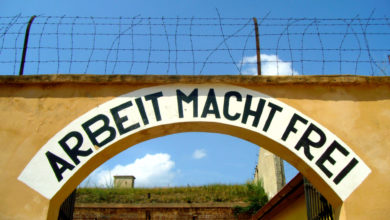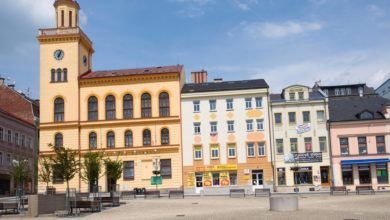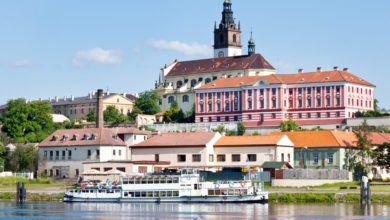Karlovy Vary
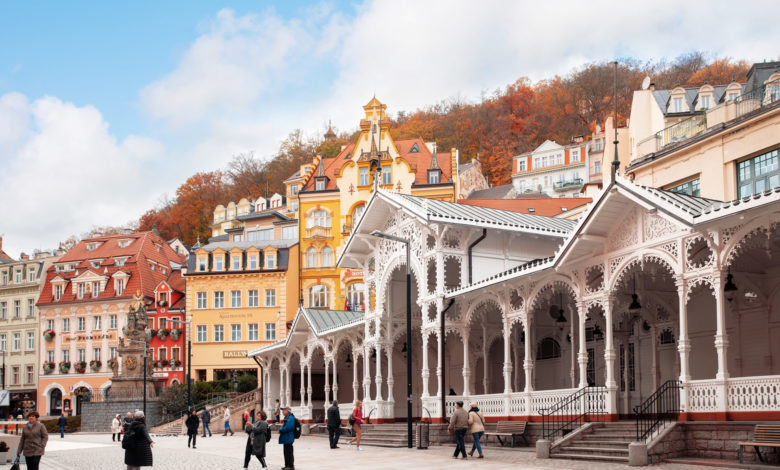
Karlovy Vary is the Czech Republic’s most visited spa resort, though probably not as glamorous and famous as it once was in the middle of the 14th century. Charles IV discovered the city while he was hunting deer, and later in 1522, Dr Payer of Loket set out the properties of the waters in a medical treatise, and their fame began to spread. By the end of the 16th century, there were more than 200 spa buildings, but the town’s present appearance dates mainly from the 19th century.
The Mill Colonnade became the most famous colonnade in Karlovy Vary in the 19th century, this being designed by Josef Zítek, who designed the building of the National Theatre in Prague. Two famous Viennese architects, Ferdinand Fellner and Hermann Helmer, made a significant mark on the architecture of the city, their best known building being the luxury Grandhotel Pupp.
Today the city is admired by tens of thousands of visitors every year, by patients undergoing treatment in the local spa houses, by holidaymakers on relaxation and wellness programmes, but mostly by independent day-trippers. Most day-visitors stroll around the main colonnade and sip on allegedly health-restoring sulphuric compounds from ceramic drinking cups, do souvenir shopping, taste local waffles, and do some swimming or take a massage at a hotel’s private spa, which allows non-guest visitors. Needless to say, Karlovy Vary is not very welcoming to walk-in guests looking for special treatments; these services are readily available but require bookings.
Karlovy Vary has impressive modern and historic architecture, beautiful colonnades and quiet spa parks; it’s a place where the beauty of nature and the nobility of the spa are blended in harmony. If you engage in the most popular activity – strolling the colonnades – you will discover that there are 12 hot springs in use, the best known of which is the hottest one, at 72°C, spring Vřídlo.
Prague to Karlovy Vary Transport. Alternative to train or bus. Book cheap door to door private minibus.
Apart from spa activities, Karlovy Vary is the venue of the famous International Film Festival. The Festival is held in July and is well worth a visit. With over 200 films on show and tickets relatively easy to get, this festival doubles the number of visitors and brings Karlovy Vary to full life.
Karlovy Vary Wafers are big, round, sweet wafers called ‘oplatky’, which go well with taking mineral water. Sold hot at many sweet shops at around 12 CZK, you can choose from original crunchy vanilla or chocolate/hazelnut flavours.
If you wish to explore Karlovy Vary, we recommend you do it on either a private or shared excursion as a day-trip from Prague. A private excursion gives you full flexibility: you can choose the departure time, the length of your stay at your destination, the possibility of changes (if you decide to stay longer or shorter), and choosing either to have an experienced guide in your native language or just a driver providing basic knowledge and recommendations about the place. While shared excursions offer less flexibility, they depart at scheduled times and days with a fixed programme – the price is favourable and includes all fees. See more information on our website.
Attractions in Karlovy Vary
Getting around is easily done on foot. Just follow the path of the canal, which takes you past areas of interest such as the Thermal Spring, the Regional Museum, the Mill Colonnade, the Grand Hotel Pupp and a lot of boutiques, gift shops, cafés and restaurants.
In all honesty there isn’t a whole lot to do in Karlovy Vary, aside from strolling along and taking in the surroundings – something that is not necessarily a bad thing. Whilst you are here, why not do as the locals do? Buy a sipping cup and take a walk around the main colonnade. You can fill the sipping cup up for free at the spa points, although don’t drink too much, as excess amounts have reportedly led to gastric problems.
Glasswork Moser, Karlovy Vary, Kpt. Jaroše 19, www.moser-glass.com. The exhibition includes historical displays, glass-making tools, medals, decorations, historical documents, photographs, design samples and catalogues of historical advertising materials. Another part of the museum is dedicated to the sovereigns and celebrities for whom Moser has provided its wares. Very impressive and an excellent idea to keep warm during a winter trip. Museum open Mon – Fri 8:00 – 17:30, Sat 9:00 – 15:00. 50 CZK entrance to glassworks, entrance to the museum is free.
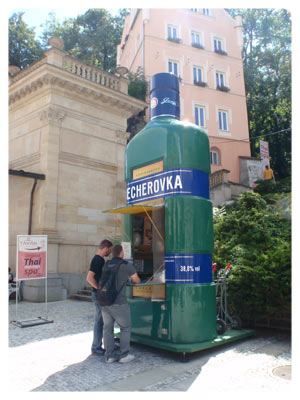
Grandhotel Pupp. The very beautiful Grandhotel Pupp is definitely worth a visit. The hotel is not very far from the theatre building, situated on Mírové Square in Karlovy Vary. Since being built in 1895, it has been reconstructed and, when the owners executed the principal unification of the buildings, arranged to provide comfort and luxury for its guests. The hotel also hosted the Karlovy Vary Film Festival stars and played a large role in the James Bond film “Casino Royale”. www.pupp.cz
Chateau Hill – has been developed and integrated with the building complex of Chateau Bath. The structure was designed by architect Ohmann. The building’s architecture is influenced by Eclecticism with numerous Art Nouveau elements and ornaments.
Karlovy Vary Museum – This museum was first opened more than 150 years ago, in 1853. It has a huge amount of artefacts relating to the history of the region, both in terms of the environment surrounding the city and the people that lived there. Aside from the regular displays, there are also exhibitions organized every year on a temporary basis. Open 9 am-noon, 1 pm-5 pm on Wednesday to Sunday.
Imperial Baths – This building has a fine history in Karlovy Vary, and it was once the place to be seen for the rich people in the city. The outside makes it look rather imposing to the first time visitor, and you would never guess that it is a medical establishment. However, the architecture – both inside and outside – is something amazing to behold.
Mill Colonnade – This building was constructed in 1871-72 by Josef Zitek, who also built the famous National Theatre in Prague. The architecture is absolutely amazing, and lovers of the Neo-Renaissance period will love the whole place. Of particular note are the 124 columns found inside the building and the five different springs, and the 12 statues.
Park Colonnade – This beautiful structure is built from a substance you wouldn’t usually associate with the majesty that this building offers – wrought iron. It was designed by Ferdinand Fellner and Hermann Helmer in 1880 and is found in the Dvorakovy Sady Gardens, which are in the centre of the town.
Market Colonnade – This gorgeous white colonnade was also designed by Ferdinand Fellner and Hermann Helmer and was built to imitate a Swiss-style, being that it is mainly built from wood. Built in 1883-84, it is on the site that used to be occupied by the town hall. It underwent a large renovation in the early 1990s to ensure that it retained its original charm.
Church of St. Peter and St. Paul – The five gilded domes of this church are majestic to see and were built in 1893-97 – along with the rest of the church – by G. Wiedermann. It is one of the world’s largest Russian Orthodox churches and was built specifically for the Russian aristocracy, who often visited Karlovy Vary in the 19th century. Open: 10am-5pm daily.
Diana Viewpoint – Located on the southern end of Stara Louka and behind the Grand Hotel Pupp, one can find the station of the Funicular (one-way ticket 40 CZK, return 70 CZK), which was built in 1912. This rises to the top of the 550ft hill and at the top is the Diana Viewpoint, providing spectacular views over the area. The trip to Diana takes five minutes. Open: 9:15am-6:45pm (4:45pm October-May) daily.
Church of St. Mary Magdalene – Often seen as one of the best examples of the Baroque style in the whole of Bohemia, this 16th-century church is packed full of interesting and wonderful items and artefacts, such as the image on the high altar of Mary Magdalene herself and the sculptures created by Jakob Eberle of St. Augustine, St. Peter, St. Paul and St. Jerome. Also of particular note are the fascinating side rooms and side altars in the church and the galleries, and the dome.
Municipal Theatre, just one of a whole number of buildings designed by architects Fellner and Helmer.
Castle Spa – is a modern spa centre with a subterranean thermal pool aimed at day-trip visitors. Check their website for treatments offered and prices. Address: Zámeckývrch 1; www.castle-spa.com. Open: 7.30am-7.30pm Mon-Fri, from 8.30am Sat & Sun.
Karlovy Vary Film Festival
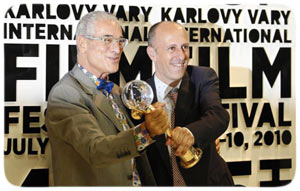
Tickets to this prestigious event only go on general sale 24 hours before it begins, but recently they have started to be made available online, as well as in person. Although the tickets are bought so close to the event, it is prudent to book a hotel room much earlier, as they get full very quickly.
One of the highlights of the festival is known as “East of the West”, and this showcases some of the best films coming from the countries that used to make up the Eastern Bloc. The documentary section is also an exciting place to be, showcasing such films as the 2008 hit Man on Wire.
Tourist Information Center
Karlovy Vary has three tourist offices located at the Hotel Thermal on I.P. Pavlova 11, the Vřídelní Kolonáda along the main spa promenade, and the Dolní Nádraží bus and train station on Západní ul. 2a. These offices are open Monday to Friday from 9 am to 5 pm, and Saturday and Sunday from 10 am to 5 pm, and they all hand out maps, give advice on accommodation options and can help you plan a day of sightseeing or spa treatments.
Orientation
Most of the hotels, restaurants, spa colonnades, shops, and attractions line a long pedestrian promenade that runs on both sides of the tiny Teplá River. The promenade starts at the Hotel Thermal and ends three kilometres (two miles) later at the Grandhotel Pupp. The lovely walk will only take you about an hour at a leisurely pace, though you are sure to want to stop in a few of the enticing shops or enjoy a delicious lunch at one of the cafes.
The traditions of the spa locations also include golf centres. There are almost 60 golf courses near the spas, whereas the most famous and oldest ones are Karlovy Vary and Mariánské Lázně.
Getting There
It makes much more sense to take the bus from Prague to Karlovy Vary than the train. The train travels a comically circuitous route and can take longer than four hours. However, the frequent express buses that travel to Karlovy Vary from Prague’s Florenc bus station make the trip in about two hours, and tickets usually cost about 150 CZK. Student Agency is an excellent bus company because its buses leave every hour from the Florenc bus station, they show a free movie during the trip, and provide free hot drinks to all passengers. For information on train and bus timetables, go to www.jizdnirady.cz.
It is also possible to drive the nearly two hour trip from Prague to Karlovy Vary, but this can be a little dangerous for inexperienced drivers due to the busy roads and the undisciplined Czech drivers.
If you are travelling from Mariánské Lázně or Cheb, however, then the train would be a good option. Trains from Cheb depart hourly during the day and take around an hour to reach Karlovy Vary. The fare is 72 CZK for a second class ticket.
You should be aware that Karlovy Vary has two train stations. Trains from Prague and most other cities arrive at Horní Nádraží (the upper station), while trains from Mariánské Lázně and a few other small towns arrive at Dolní Nádraží (the lower station). Dolní Nádraží has better services, houses a branch of the local tourist information office, and is also where buses to the city arrive and depart. If you arrive at Horní Nádraží, you can reach the main spa area and town centre by bus no. 12 or 13. If you arrive at Dolní nádraží, you can either walk 10 minutes to the spa area or take local bus no. 4.
Our tip: Book private 7 or 10 hrs excursion or shared bus tour, departs daily.

